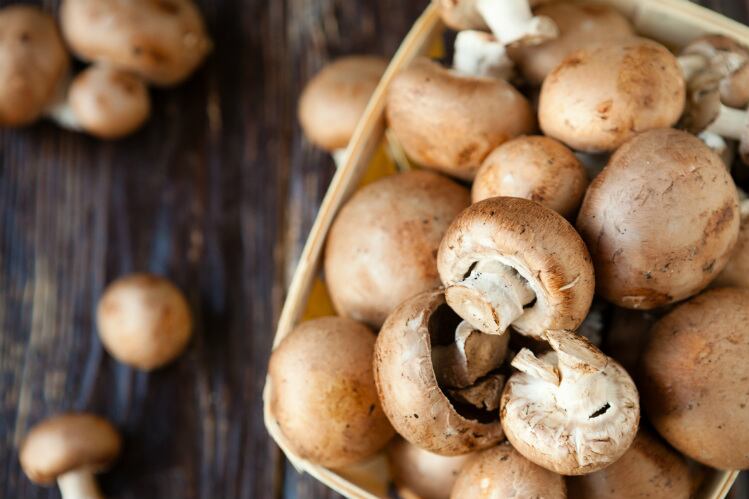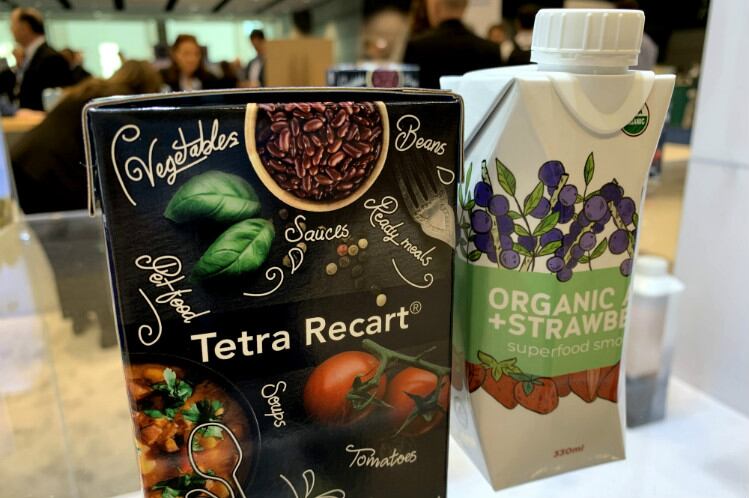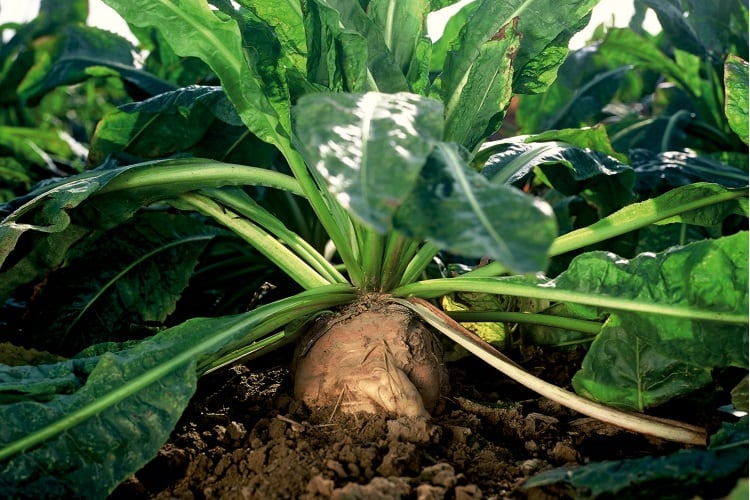Lee emphasized discovery as the winning trend, pointing to a $75 smoked watermelon that looked more like a ham.
“To get people talking and purchasing their product,” she said, noting the rollout of previously unknown products, such as Quillo’s fried egg flavored potato chips.
Innova surveyed thousands of consumers last year in the US, UK and China and found that two in three admitted they ‘love to discover new flavors.’
Brands have caught on to that desire: The number of food and beverage products launched with a discovery claim on the package jumped 17% between 2014 to 2018. Vegan claims increased by a third.
For fun and health
Consumers across the board have fully embraced plant-based foods and ‘alternatives to all,’ as Lee described the variety of free from products, such as gluten-free breads, plant-based milks and meat substitutes.
Innova found half of US consumers consume these products for health reasons, followed by diet variety, novelty and sustainability.
“People are trying to improve their health,” said Lee. “Realistically, Americans are carnivores, but we are seeing a widening array of choices.”
The rise of plant-based diets is driving product innovation, especially in hybrid products, such as Kraft Heinz and Oprah Winfrey’s O, That’s Good! frozen cauliflower pizza line.
Protein plus fiber
Products continue to boast higher protein levels, whether from components like whey or from base ingredients like chickpeas or lentils.
Consumers have added fiber to that value-add list, with 44% of US consumers saying they strive to increase their fiber intake. Cereal and breads often tout fiber content, but the nutrient has also found a home in yogurt and even beverages, said Lee.
Coca-Cola’s milk company, Fairlife, launched a nutrition shake made with oats under a line it calls ‘Smart Snacks,” which offer 15g of protein and 5g of fiber.
Big Food looks to the little guys
“Major players are going small with their strategies,” said Lee, as consumer tastes evolve.
Kraft Heinz, for instance, devalued its Kraft and Oscar Meyer brands by more than $15bn last month after a long stretch of sluggish sales and an Internal Revenue Service investigation. Mondelēz now has a department called SnackFutures dedicated to innovation and startup partnerships.
Rather than waiting for upstart companies to make inroads with consumers and retailers, the conglomerates are getting to know entrepreneurs closer to ‘startup time.’
“Because they’re small, they’ve been more nimble.”
Small food companies also tend to offer compelling stories alongside supply chain transparency, building trust with their fans.
Footprint matters
Innova's survey found two in three consumers expect companies to invest in sustainability.
“Manufacturers know that consumers, especially younger consumers, are looking to them to help solve the problem of sustainability,” Lee said.

Packaging is a huge part of that problem. She pointed to a Tyson Innovation Lab product, called ¡Yappah!, positioned to simultaneously fight food waste and address recyclability.
Chef Nai Kang Kuan, a veteran of Michelin-starred kitchens including The French Laundry, helped create the upcycled protein chips made from chicken breasts combined with a brewery’s spent grain or a juicery’s vegetable scraps. The chips are packaged in a tallboy can made from 100% recycled aluminum and sold through crowdfunding site IndieGogo and as of this week through Amazon Fresh in and around Chicago, Illinois.
Lee also mentioned MudLrk, a small mushroom chip brand that uses non-GMO ingredients to make a preservative- and gluten-free snack that mirrors the plant-based snacking trend. The bag is even compostable.
Sustainable package claims rose only 5% since 2014, however, from 28% to 33%.
‘Snacking is the definitive occasion’
Snacking, and in particular healthy snacking, shows no signs of slowing down, according to Innova.
More consumers are spending their food dollars at restaurants, opening the door for snacks to ‘reach more consumers and more eating occasions.’
About a third of millennials replace meals with snacks because they are busy. Gen-X consumers want to cut back on sweets, while Baby Boomers seek a healthier diet overall.
Feel-good food
Overall, consumers are striving to achieve a healthier lifestyle, not just through snacking on more nutritious foods but also choosing brands that care about the environment and spread a positive message of wellbeing.
Notably, one in four consumers consider relaxation to be an important part of consuming food and beverage.
This demand for ‘cognitive-boosting qualities’ has spurred brands to add words like ‘happy’ or ‘fun’ to packaging. The number of products with social or ethical claims increased 28% from 2014 to 2018, Lee said.
Consumers ultimately are ‘looking for balance.’




